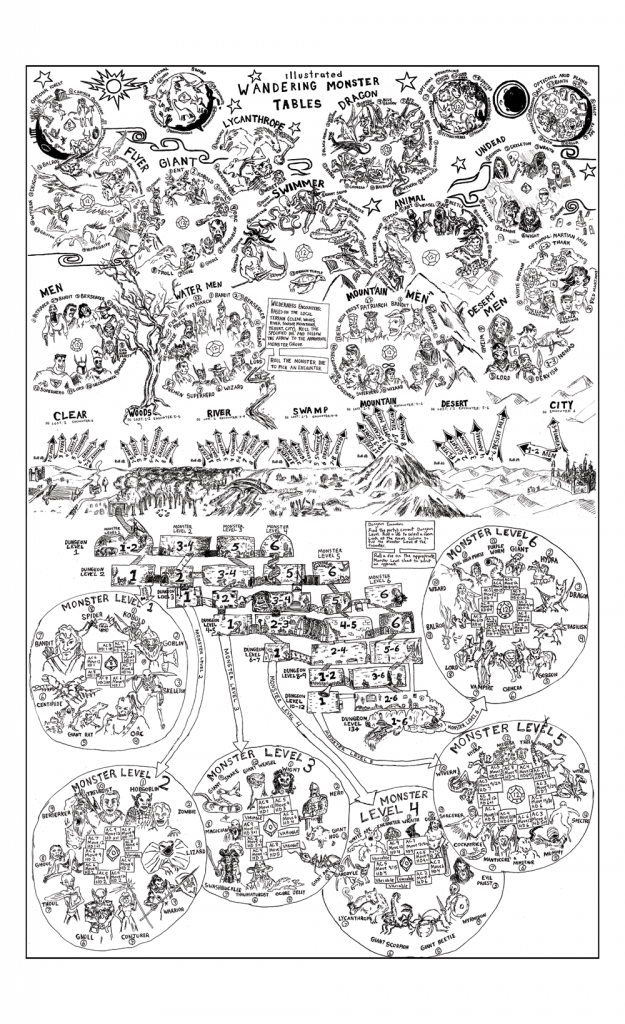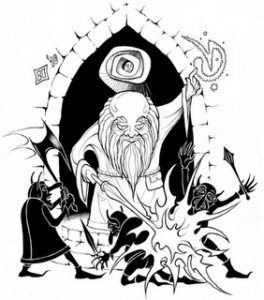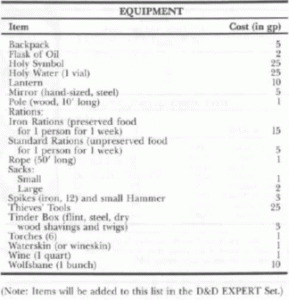I started thinking about D&D timekeeping while reading my swagged copy of Adventurer Conqueror King on the plane back from Gencon.
There’s all sorts of rules in 1e D&D that require timekeeping: monthly cost of hirelings; spell research; recovery of HP; taxes; building; aging; income from lands. All that stuff is notable in its absence from modern D&D, and seems like it might be a fun addition to paragon-level 4e D&D. The problem is, tracking the passage of days and weeks is not something I do as a DM in 4e, any more than tracking players’ alignments or using charts to determine the weather each morning. I have an inefficient brain and I always forget anything that can be forgotten (I like to dignify this process with the title “streamlining the rules.”)
What if timekeeping were turned over to the players to track? Well, unless time passing were interesting in some way, they wouldn’t do it. What if time were a resource to manage, and they got some benefit from spending it?
Let’s say that, at the end of any session, the players may choose to spend a month. They can only do this if they’re at a home base where they can reasonably hang out – not if they’re in the middle of a combat or a dungeon. They may only spend one month per session, and they don’t have to spend one at all if they don’t want to.
The DM can also spend one or more months during a session, if, for instance, the PCs are travelling uneventfully.
What do the characters get when they spend a month?
Of course, time also takes a toll…
This system is unlikely to kill off your characters from old age, since, for a weekly group, time passes, at most, at around four times the rate of real time. In fact, between missed sessions and sessions ended in the dungeon, game time is likely to go about the same speed as real time.
The Month resource allows us some options:










